Common Digital Accessibility Concerns and How to Overcome Them
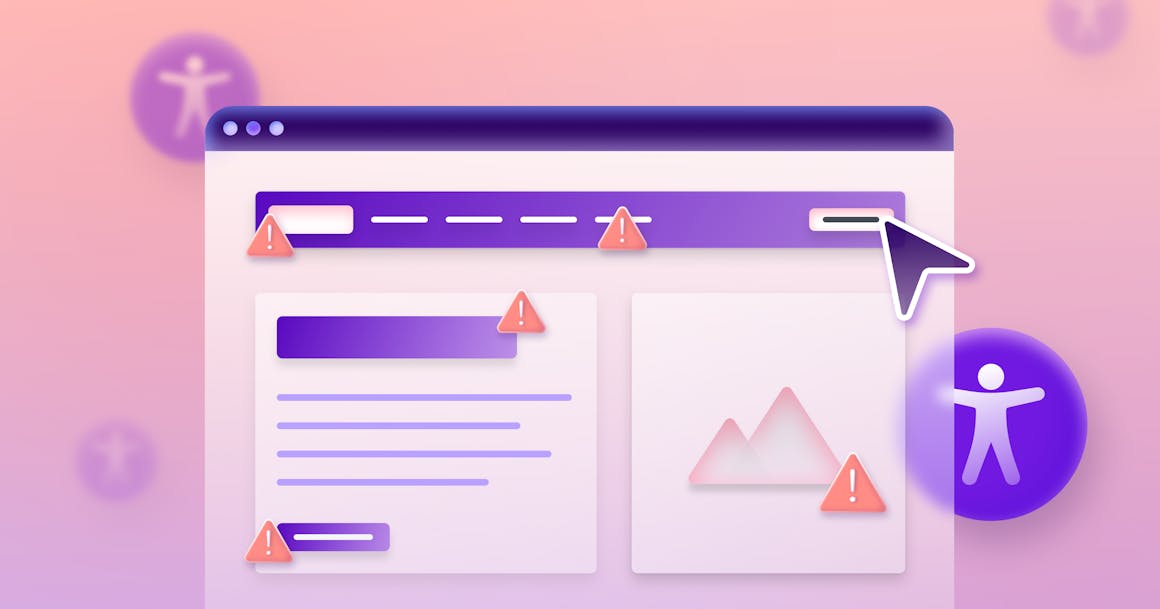

Ready to see AudioEye in action?
Watch Demo
Legal compliance and the cost of accessibility are top of mind for business leaders when it comes to digital accessibility. Learn how you can solve for both with the right accessibility solution. This article was originally published on Localogy.
Digital accessibility is the practice of making websites or apps functional for people with disabilities. In the context of your business, it means creating an optimal user experience that allows all your customers, regardless of ability, to easily navigate information and complete tasks, such as signing up for a newsletter or making a purchase.
In a 2021 AudioEye survey of 500 business leaders and web professionals, 85% of business leaders said they were “very familiar” with digital accessibility. One of the reasons why businesses are increasingly more aware of web accessibility is the growing number of lawsuits filed against companies with inaccessible websites. In the survey, 38% of business leaders cited legal compliance as one of their top concerns.
Yet, despite the legal concerns and the good intentions to build inclusive websites, businesses are still struggling to make progress on digital accessibility. About 40% of the same survey respondents said that cost was their other top concern.
Let’s take a closer look at these concerns and ways to overcome them.
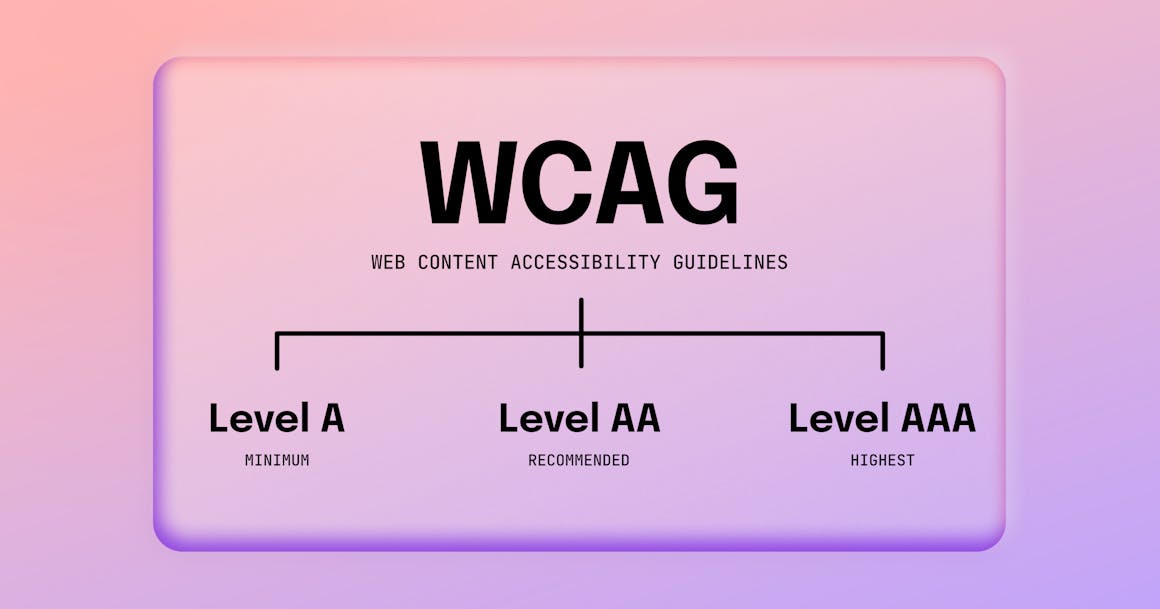
Common Digital Accessibility Concerns
So often businesses avoid addressing web accessibility issues because they don’t have the know-how or think they can’t afford an accessible website. While the Americans with Disabilities Act (ADA) requires businesses to make their sites accessible to people who use assistive technology, like a screen reader, it doesn’t provide technical guidance on how to meet the legal criteria. Instead, the Web Content Accessibility Guidelines (WCAG) serve as a standard and provide instructions on how to format content so it is accessible to all users.
In March 2022, the Department of Justice published new guidance, which reaffirms that website accessibility is required under ADA, advocates for the use of WCAG, and lists recent settlements that show the Justice Department’s decision-making in web accessibility lawsuits.
Yet, a lot is still left to interpretation. For many businesses that don’t have in-house expertise, this ambiguity creates a lot of stress and often leads to misguided decision-making.
For example, many businesses believe that complying with the ADA means completely retrofitting their existing website, a process that is both time-consuming and costly — and unnecessary. More than half of AudioEye survey respondents said they believe creating an accessible website means starting from scratch, i.e., redesigning and redeveloping the entire site.
We wouldn’t tear down an inaccessible building to replace it with an accessible alternative. Instead, we would retrofit the building with wide doors, operational hardware, ramps, etc. Web accessibility works in a similar way: it doesn’t always require new foundations and structures.
Given the lack of clear guidelines, many companies tend to overcompensate in their digital accessibility efforts.
While it’s true that designing a universally accessible website from the first line of code is ideal, it’s not necessary. AudioEye’s automation, for example, finds and fixes the most common errors (empty links, missing alternative text, etc.) with every new site visit, even on massive and complex sites. Every time you change something on your website, like adding content or function, you’re running the risk of creating new accessibility issues. So it’s important to have continuous monitoring that can catch issues as they come up. And whenever automation cannot provide a fix, AudioEye provides human support.
Maintaining ongoing compliance in an amorphous regulatory environment demands a smart approach and a sustainable solution you can use long-term. And that solution right now is a hybrid approach, where automation can often solve the majority of common errors as they come up while enlisting human expertise for issues that require deeper contextual understanding, which even the most advanced AI can’t offer today.
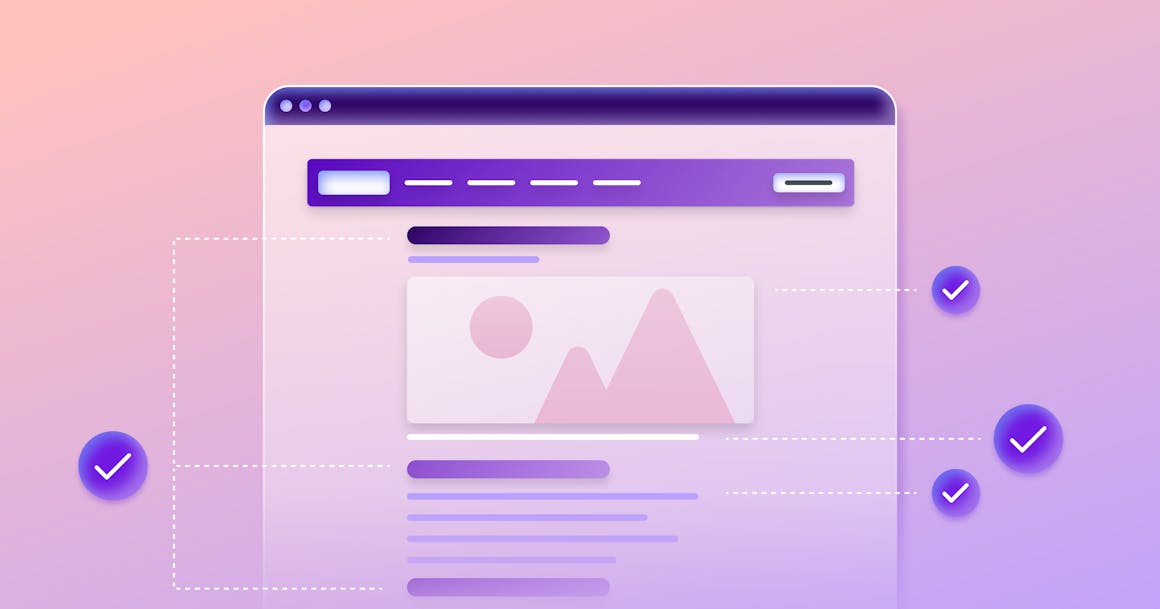
Digital Accessibility Is Within Reach
Finding the right digital accessibility partner to help you implement best practices and create amazing experiences for all your customers, including those with disabilities, can make a huge difference. As you compare different solutions, make sure you choose the one that:
- Looks for errors for every website visitor. For example, AudioEye runs over 400 real-time test outcomes and uses more than 70 auto-fixes to resolve accessibility errors that prevent people with disabilities from browsing or interacting with a website.
- Fixes web accessibility errors as they happen, both automatically and, when necessary, with human support. Certified experts at AudioEye monitor real-time automated accessibility fixes to ensure your website is compliant with ADA and WCAG.
- Actively monitors web accessibility errors, fixes, and issues that need extra attention, so you can solve them proactively. AudioEye’s active monitoring and Issue Reporting dashboard provide full visibility into a site’s accessibility and AudioEye’s performance, helping site owners prioritize fixes and measure their ROI.
Digital accessibility is a must-have for any business with an online storefront or app. One in four Americans lives with some type of disability. They are your potential customers with spending power. According to The Global Economics of Disability 2020 report, people with disabilities in the US have $1.28 trillion in disposable income. That number goes to $7.1 trillion when you add their family and friends. Making your site accessible and creating inclusive brand experiences is worthy of investment for many reasons, and good business is one of them.
So, what’s the next step?
If you haven’t done so already, use AudioEye’s free Website Accessibility Checker. You’ll be able to see where your individual site pages stand today and learn what you need to do to make your site more accessible and inclusive for all your customers.
Ready to see AudioEye in action?
Watch Demo
Ready to test your website for accessibility?
Share post
Topics:
Keep Reading
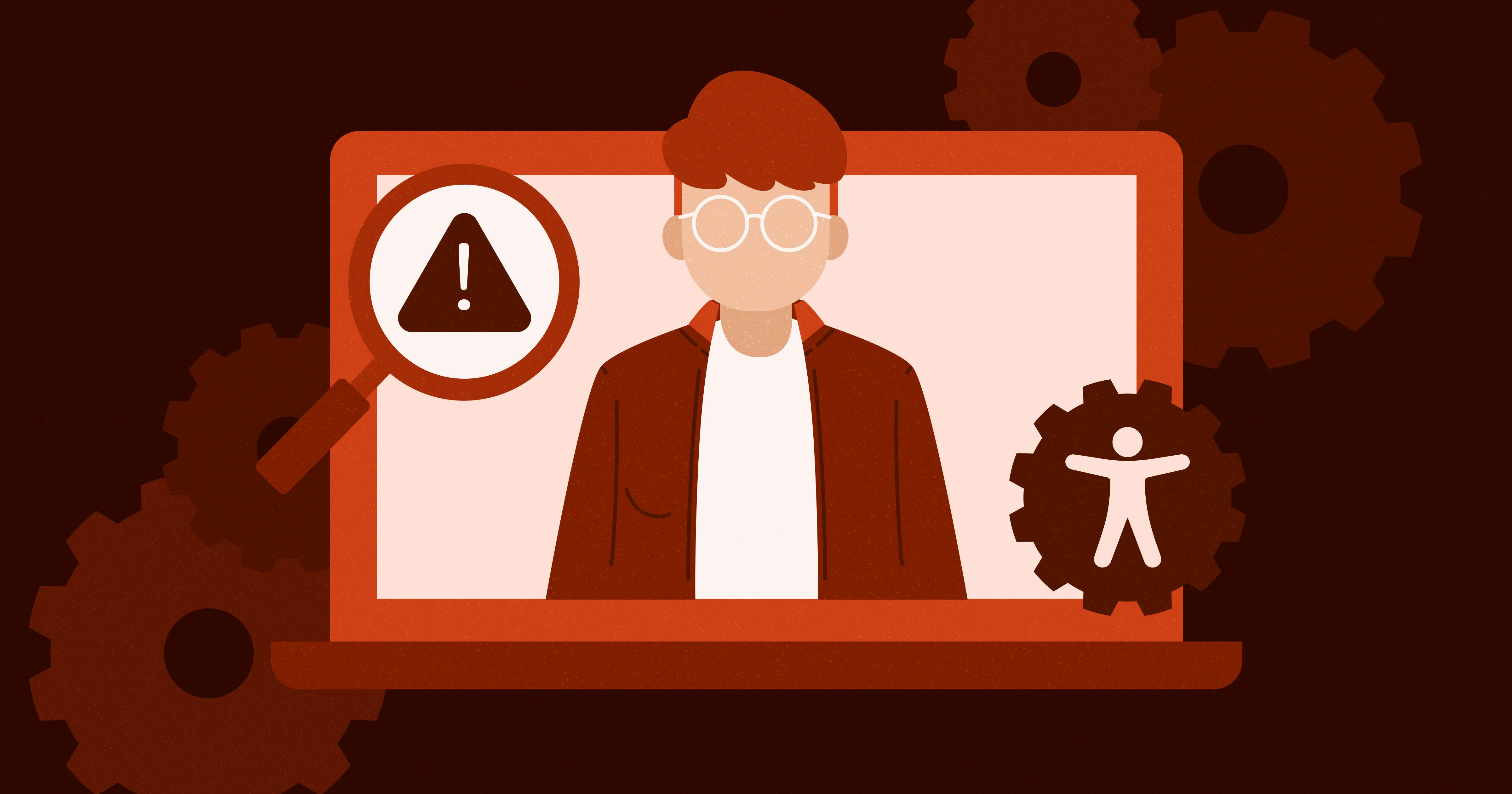
How to Test Website Accessibility Without Automation Tools
Accessibility testing your site without automation can be costly if done wrong. Understand how to go about it, and why a hybrid approach may be better.
accessibility
April 02, 2025
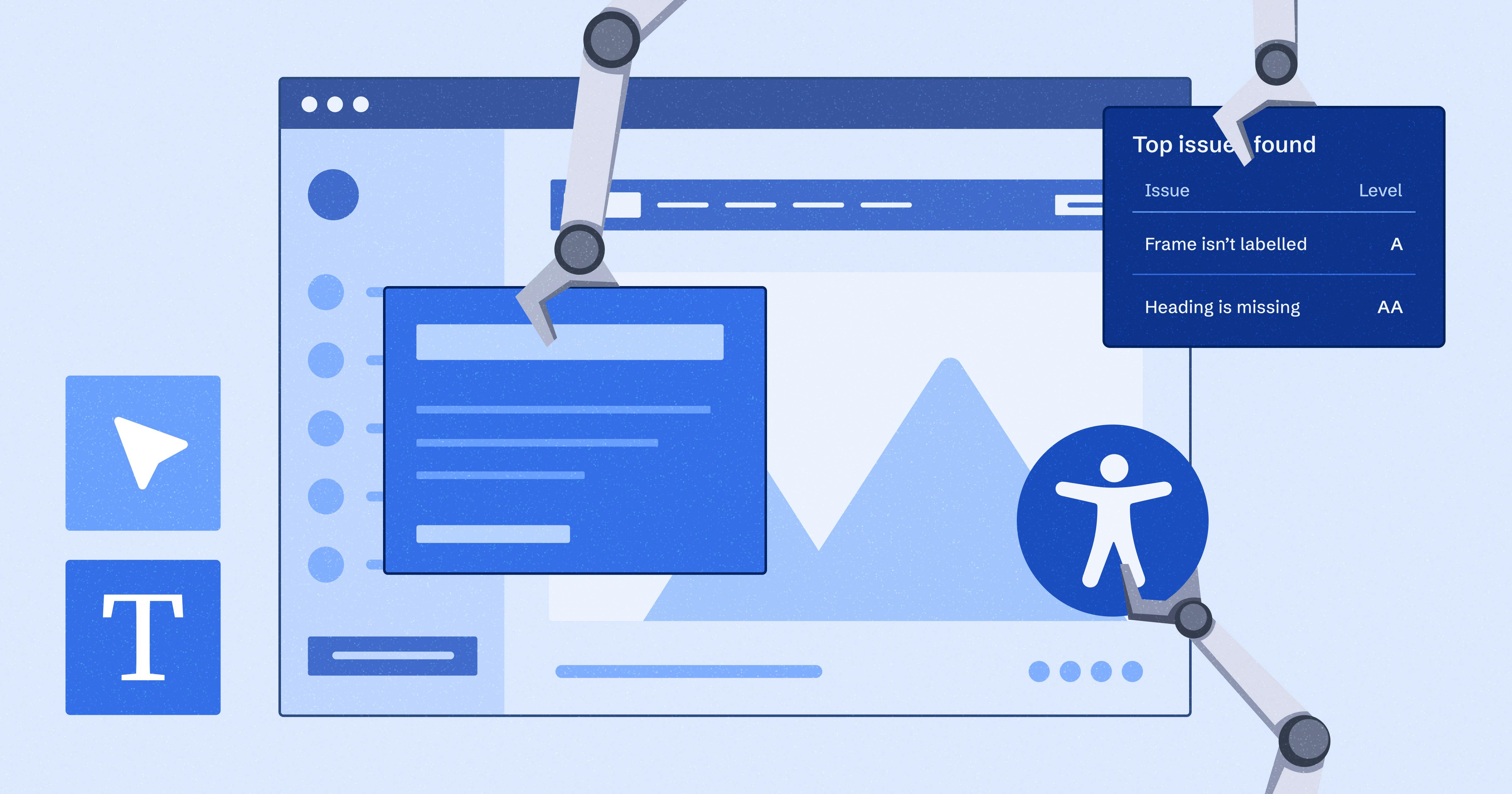
AI Accessibility Tools: Benefits, Limitations, Applications, and Recommendations
AI makes finding and fixing accessibility issues faster and easier, but do they ensure compliance and great UX by themselves? Here’s our verdict.
accessibility
March 31, 2025

Improving Healthcare Delivery: How Quality Tech Products are Shaping the Future of Care
Discover how high-quality tech products are transforming healthcare delivery, improving patient outcomes, and future-proofing the industry. Learn key tech innovations and why accessible, inclusive design is critical.
accessibility
March 26, 2025
